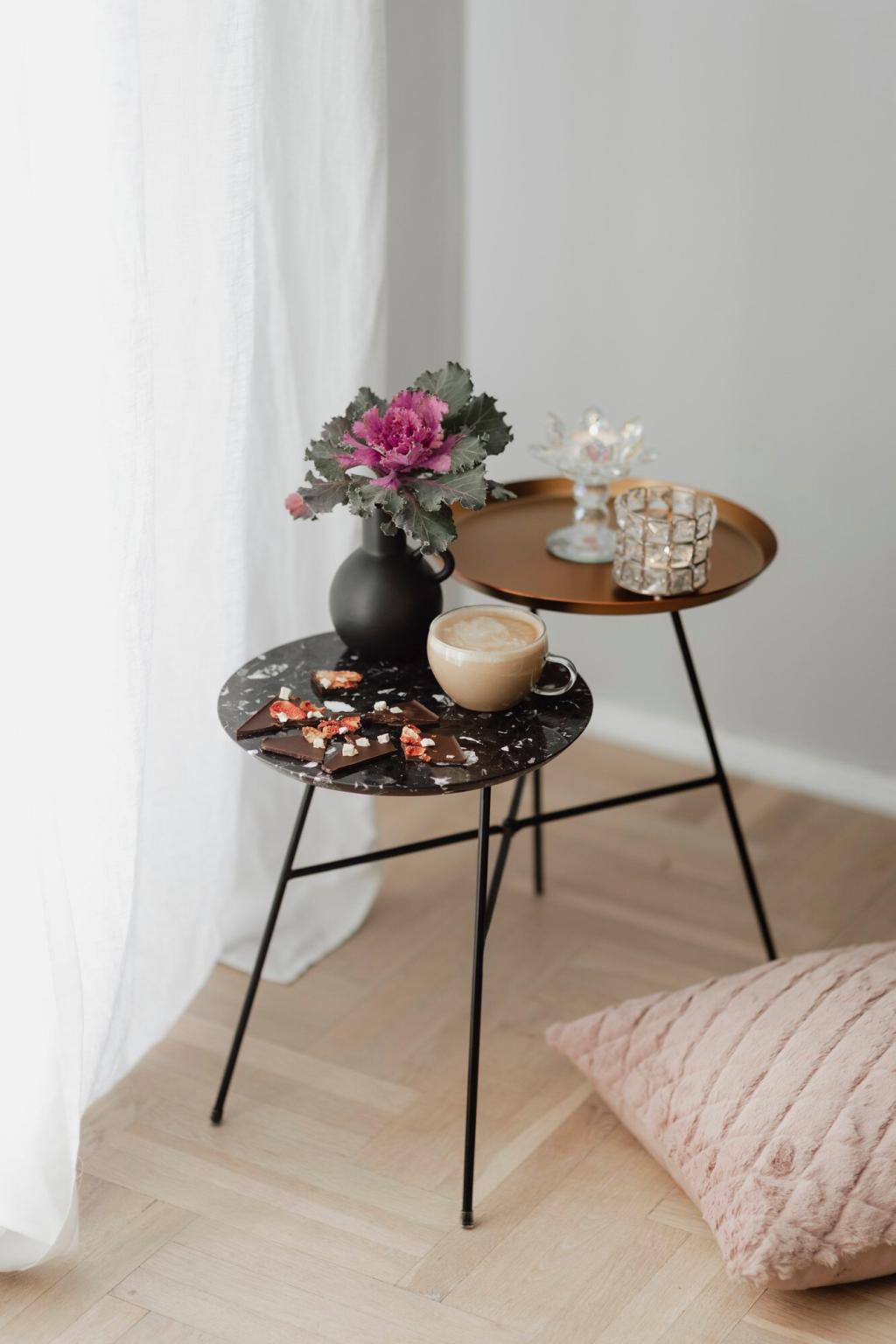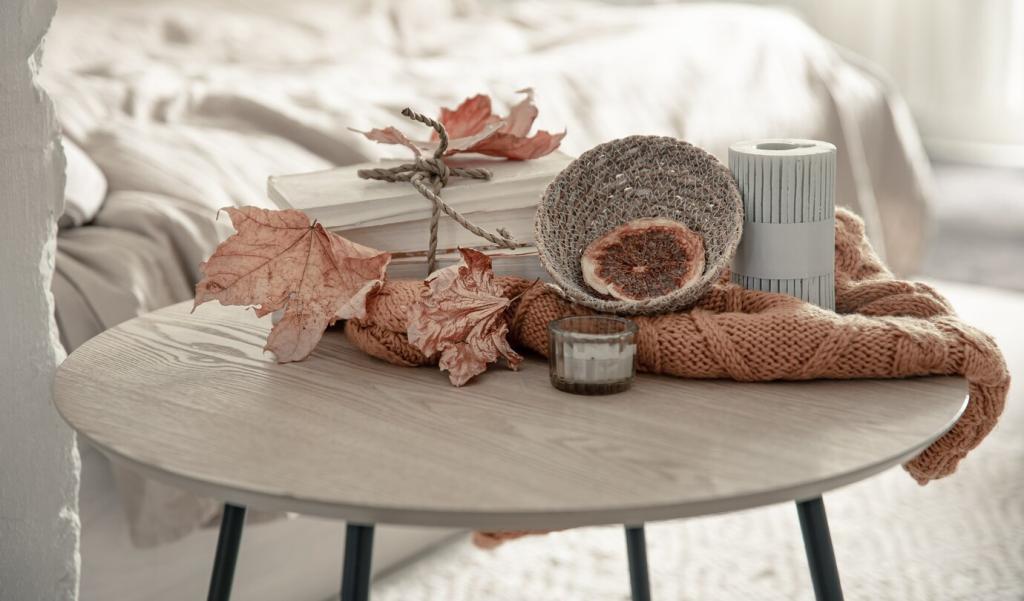Why Facade Materials Matter Today
A facade regulates heat, glare, moisture, sound, and even air quality. From insulated rainscreens to high-performance membranes, the right material palette cuts energy bills, improves comfort, and supports healthier interiors. Share your toughest envelope challenge, and let’s learn from one another’s solutions.
Why Facade Materials Matter Today
Brick, stone, and terracotta remain timeless, while composites, ceramics, and ultra-high-performance concrete unlock slender profiles and bold forms. A small library we visited swapped a failing stucco skin for ventilated terracotta, reducing maintenance headaches and giving the neighborhood a warm, tactile landmark.








